
The Last of Us Remastered is a post-apocalyptic video game released earlier this year on PlayStation 4 with an in-game Photo Mode, which freezes the game and lets players shoot, edit and share photographs of their achievements.
TIME assigned conflict photographer Ashley Gilbertson to use the Photo Mode to document the game’s protagonists as they fight to survive in a zombie-infested world. Gilbertson writes about his experience.
I’ve spent a few days inside the body of an angry Hugh Jackman-lookalike.
TIME asked me to work as a photographer within the video game called The Last of Us Remastered, a hyper violent game in which a player must kill people that are infected with some type of brain and flesh condition. The game, which is very carefully rendered to look as real as possible, gives the player access to a wide variety of weapons, but it also provides players with a camera to shoot their own action. I loved the concept – it brought to mind the ideas of photojournalism produced without a physical camera, best embodied in Mishka Henner’s brilliant series, No Man’s Land, a project that uses Google Street View to document Europe’s prostitution issues.
My approach with The Last of Us Remastered was to enter each situation, or level, and work the scene until I was confident I’d gotten the best photograph I could before moving on. It’s the same way I work in real life. Yet, I found it was more difficult to do in a virtual reality because I was expected to fight my way through these levels to get to the next situations. That involved chopping off people’s heads, shooting them point blank in the face or throwing bombs near them. If I failed, I’d have my neck bitten, with blood exploding from my jugular in some pseudo-sexual zombie move, forcing me to restart the level.
I initially played the game at home. But after a short time playing it, I noticed I was having very strong reactions in regards to my role as the protagonist: I hated it. When I covered real war, I did so with a camera, not a gun. At home, I’d play for 30 minutes before noticing I had knots in my stomach, that my vision blurred, and then eventually, that I had simply crashed out. I felt like this could well be my last assignment for TIME.
Call me soft, but I’m pretty sure it was my brain being overwhelmed and shutting my body down. It sounds extreme perhaps, but I’m wired that way.
So, I moved to the TIME offices where Josh Raab, a contributing photo editor at Time.com and a former gamer, could take the controls and fight his way through the different stages for me. Josh developed a particular style of clearing levels – sneaking up on infected people, strangling them for a while and then stabbing them in the neck. I’d then retake the controls, letting me act more like a photographer. That’s when I started to make better images – the whole experience resembled an actual embed, with someone doing the fighting and me taking photographs.
In a day of combat in Iraq, I’d generally file between eight and 10 photographs per day. I figured I could do the same thing with this assignment. I was wrong. In combat, I need to be in position, prepared for a shot, and I’ve only got hundredths of a second to make it before the situation changes and I have to move on. There’s one moment, one frame. Within the game, I could freeze time. I had unlimited time to experiment and find my shot using different angles, depths of field, exposure, grain, vignettes and lenses. The zen approach to how I work in the field is lost within a gaming console. There, I had the opportunity to second-guess myself every time I hit pause.
An additional challenge was that I could make photographs that seemed almost “perfect”. It wasn’t hard to make images that recalled posters for a war film, or that might be used in an advertising campaign for the game itself. It was too clean. The last thing I wanted to do was to advertise the game, so I tried to mess with the photos a little. Put unimportant information in the foreground. Tilt the camera. Pull back too wide. I needed to make the shots imperfect because, I believe, imperfections make photography human. In advertising things look perfect. In journalism, there’s always something off. What some people see as visual weaknesses in our work, I see as part of our tableau.
!["I found another [image] that reminded me of MichelangeloÕs Piet." "I found another [image] that reminded me of Michelangelo's Pietà."](https://api.time.com/wp-content/uploads/2014/09/the-last-of-us-remastered-ashley-gilbertson-15.jpg?quality=75&w=2400)
I seek particular scenes when I work, and playing the game, I found myself doing the same thing. I’d gravitate towards darker situations, or spots with slivers of light, both environments I love to shoot on the field. I found one scene that reminded me of Paolo Pelegrin’s Lebanon image when I switched it to black-and-white. I found another (above) that reminded me of Michelangelo’s Pietà. I shot through a dirty window at one point (below) trying to emulate the refugee-in-bus-window-at-border-crossing image, but the subject, my virtual daughter, didn’t have the required expression of distress.

None of the game’s characters show distress, and that to me was bizarre – it’s a post apocalyptic scenario, with a few remaining humans fighting for the survival of their race! To be successful, a player must be the perpetrator of extreme, and highly graphic, violence. I’m interested in a more emotionally engaged type of photography, where the human reaction to a scene is what brings a story to life. That was tough inside this game. Occasionally the characters show anger, though generally they’re nonchalant about the situation they’ve found themselves in. In the end, their emotions mimicked that of the zombies they were killing.
By the time I finished this assignment, watching the carnage had became easier.
Yet, I left the experience with a sense that by familiarizing and desensitizing ourselves to violence like this can turn us into zombies. Our lack of empathy and unwillingness to engage with those involved in tragedy stems from our comfort with the trauma those people are experiencing.
It’s the single largest issue I face as a photographer. How do we reach a readership that is accustomed to seeing people dying en masse in war zones as a result of games like this one? I’ve been trying to find alternative approaches to the topic for the past seven years, with limited success – the work I’m most proud of, Bedrooms of The Fallen, was just published as a book. It examines the intact bedrooms of soldiers killed overseas.
I came away from the experience having learnt a couple of things: that the work I usually do is an antidote to the type of entertainment this game represents and that I suck at video games.
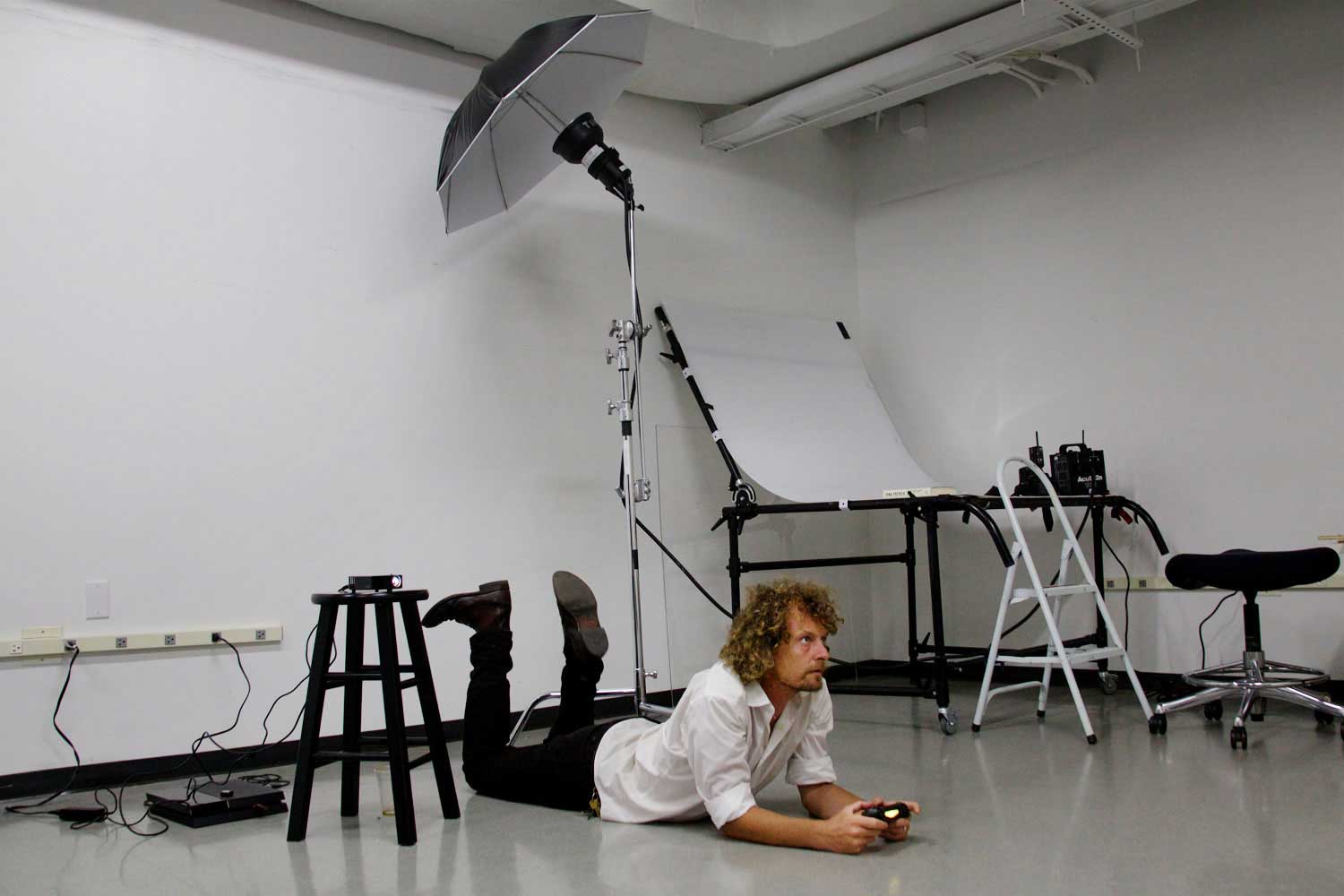
Ashley Gilbertson is a conflict photographer represented by VII Photo and based in New York. His latest book Bedrooms of The Fallen was featured on LightBox in May. Follow him on Instagram and Twitter @ashgilbertson.
Josh Raab is a contributor to TIME LightBox. Follow him on Instagram and Twitter


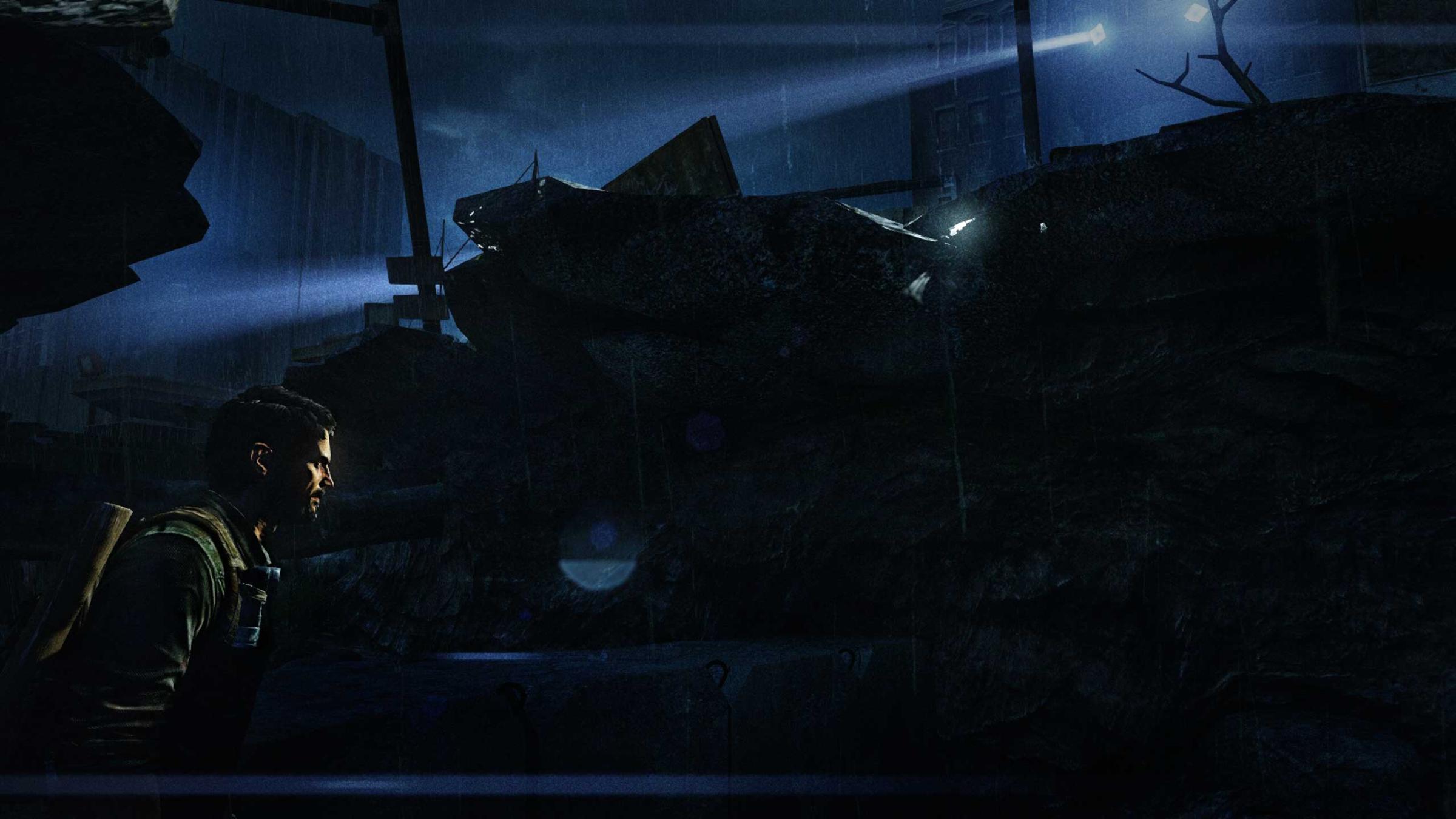


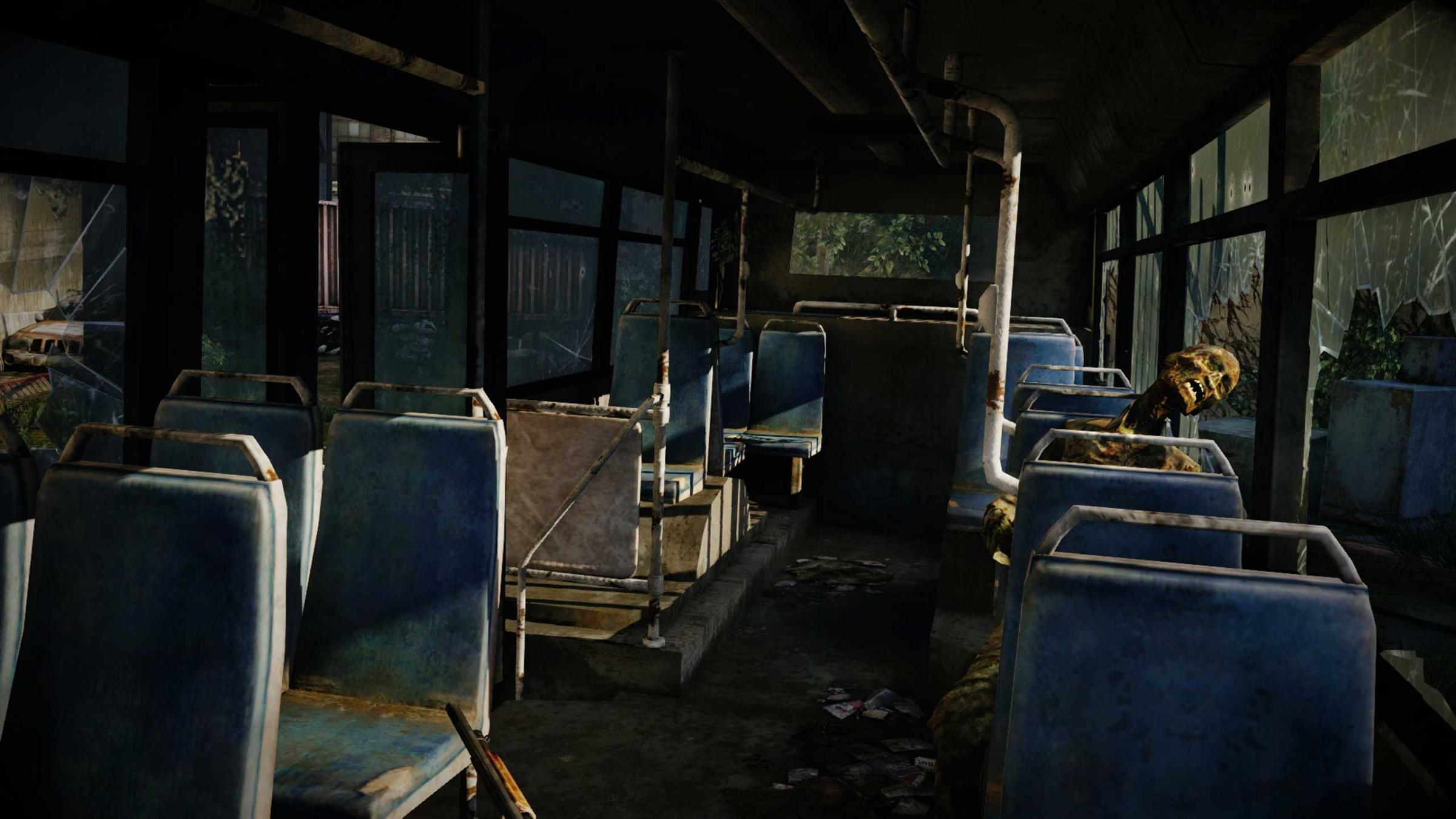

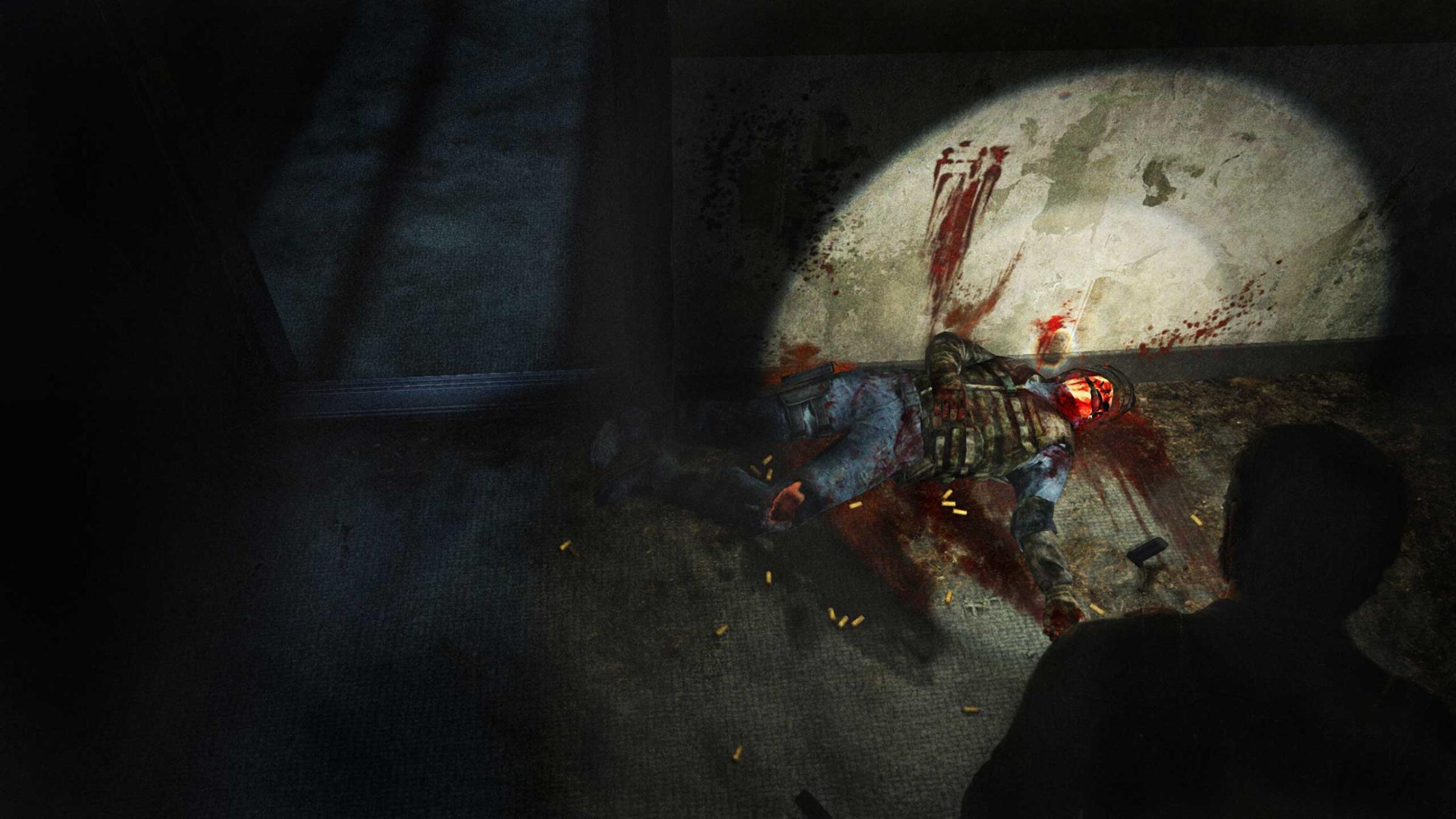

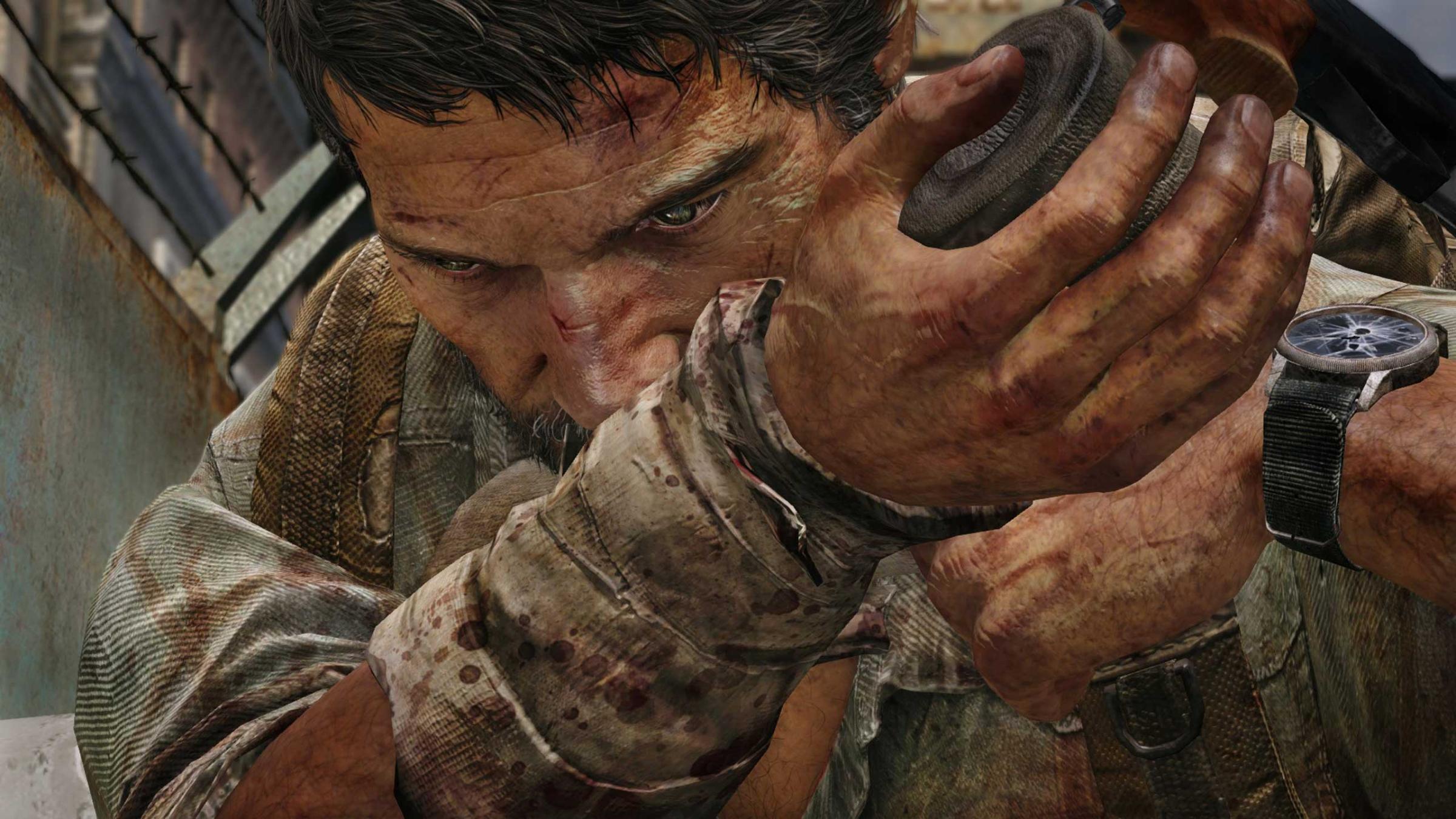
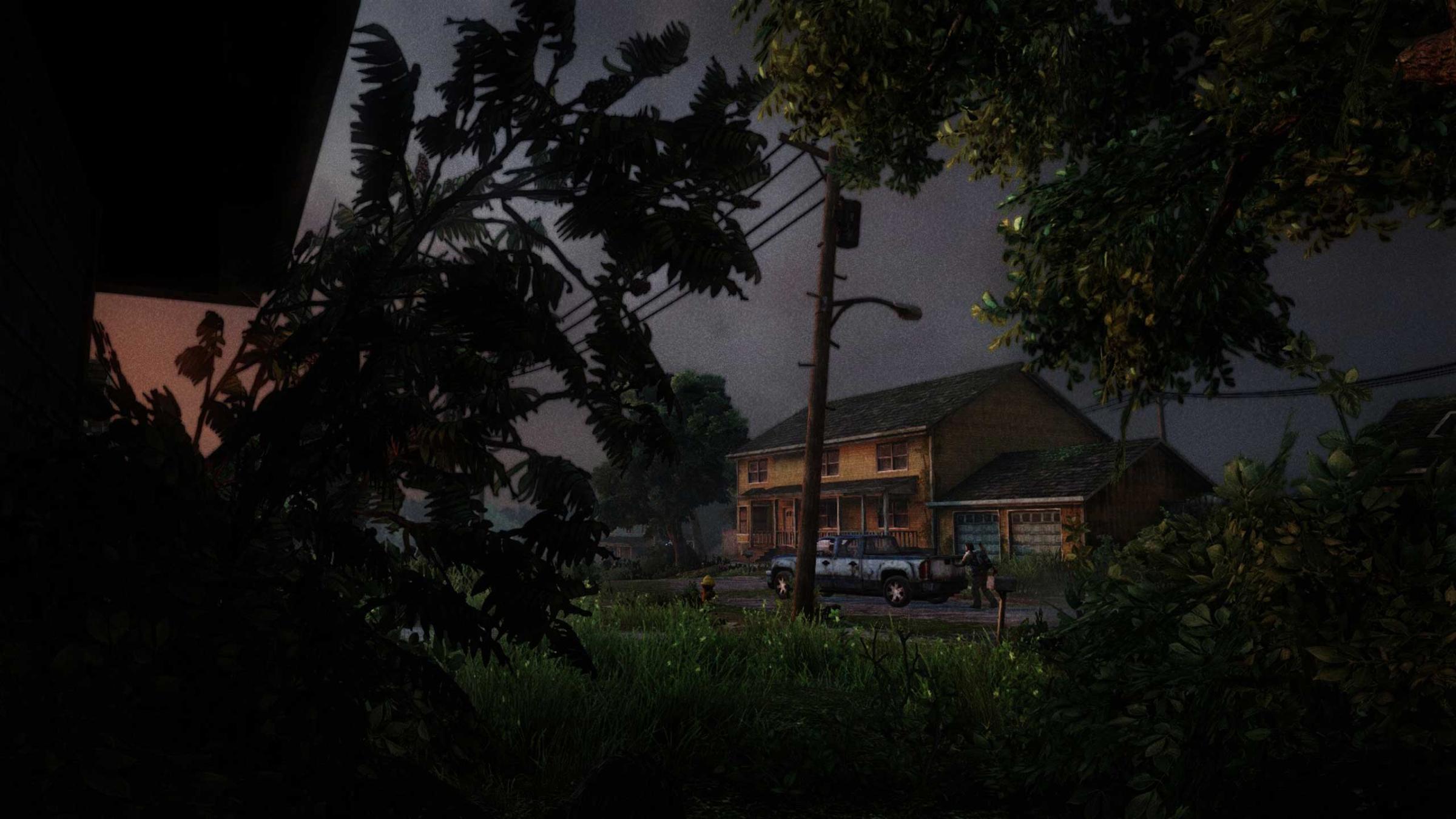
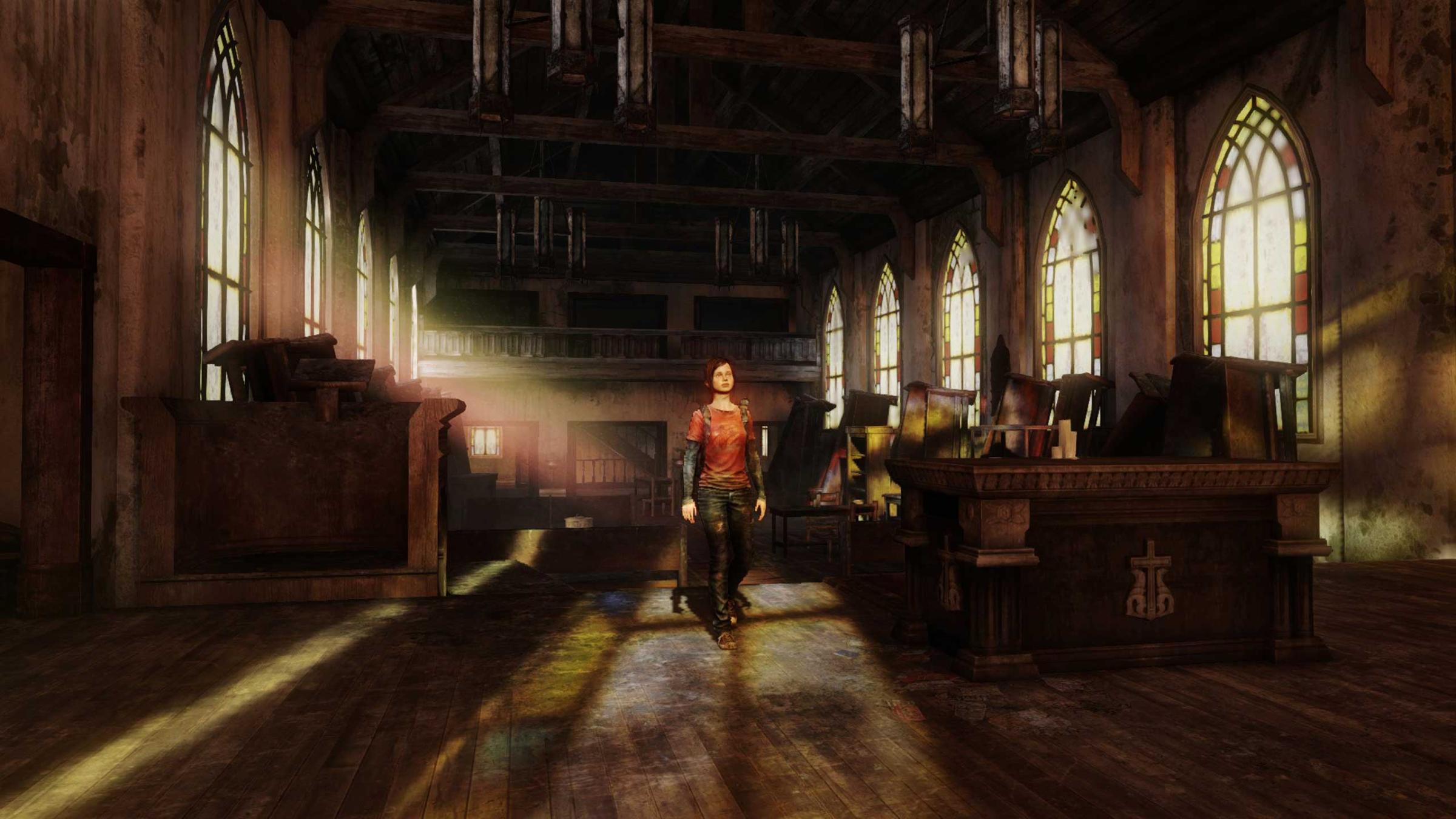
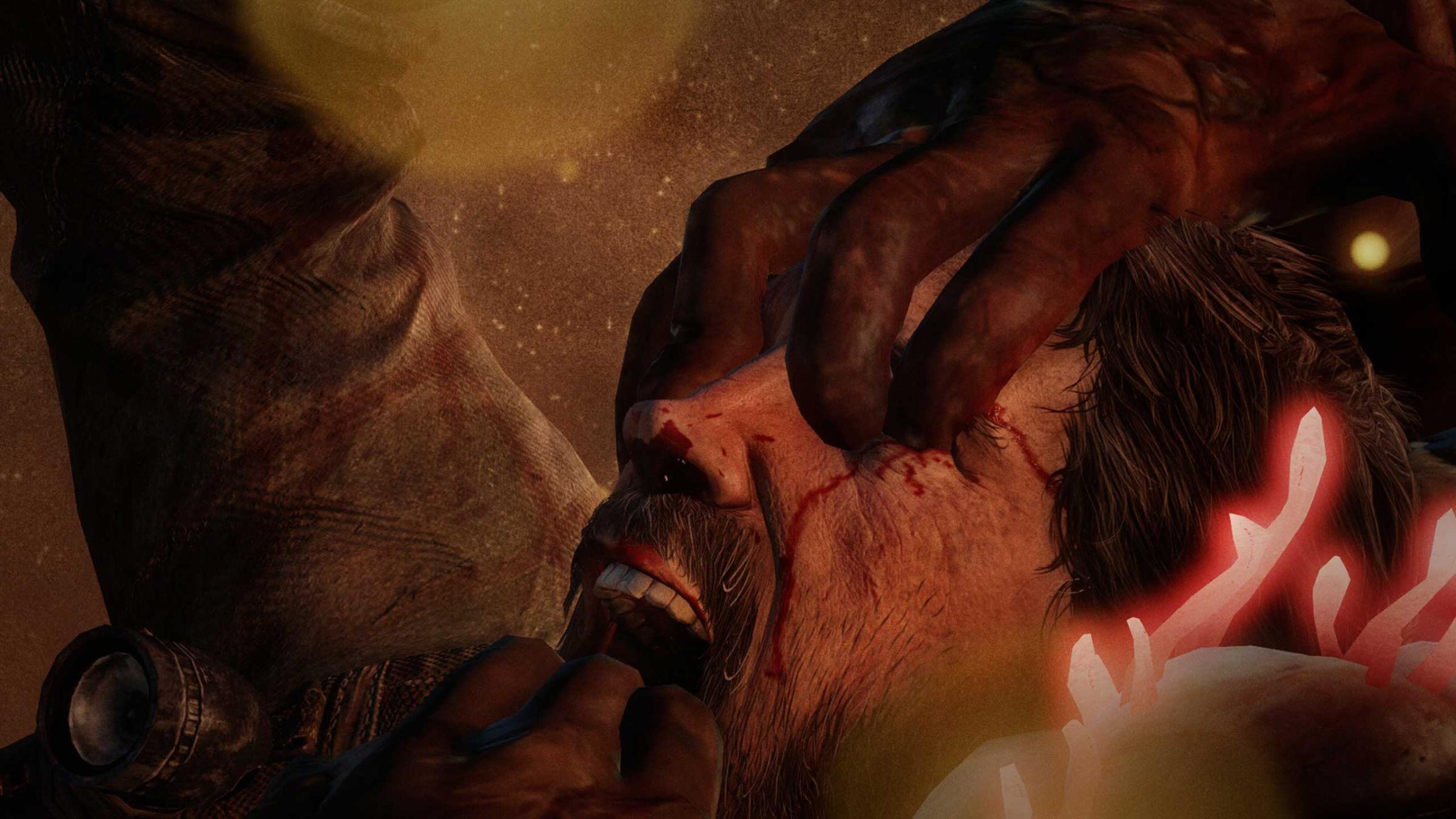

More Must-Reads from TIME
- Cybersecurity Experts Are Sounding the Alarm on DOGE
- Meet the 2025 Women of the Year
- The Harsh Truth About Disability Inclusion
- Why Do More Young Adults Have Cancer?
- Colman Domingo Leads With Radical Love
- How to Get Better at Doing Things Alone
- Michelle Zauner Stares Down the Darkness
Contact us at letters@time.com